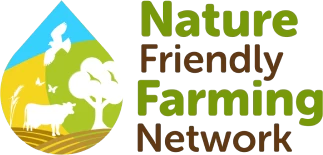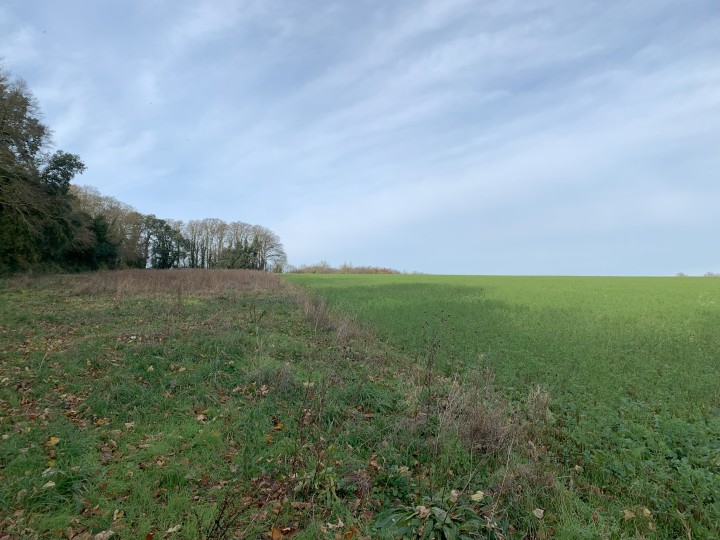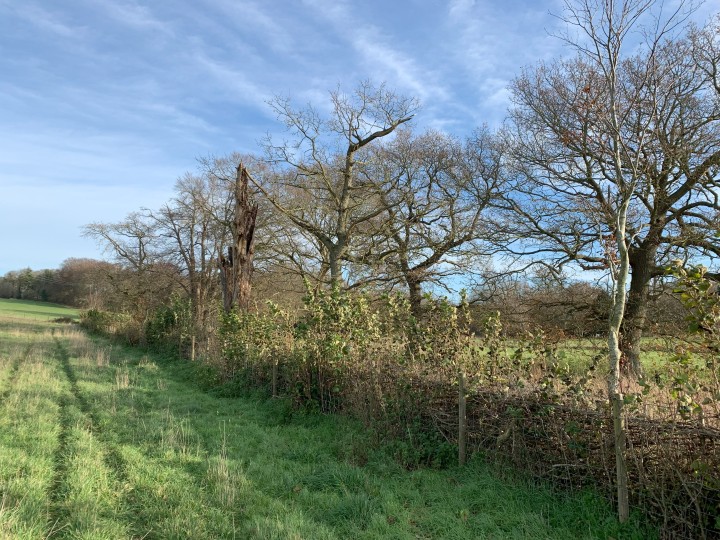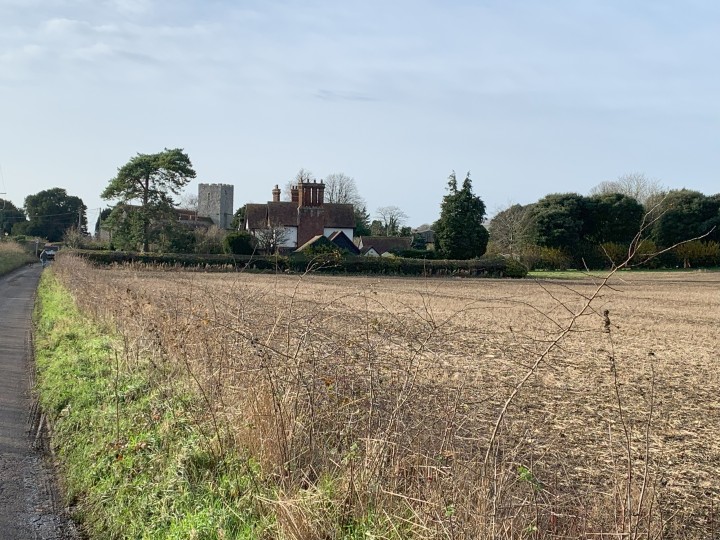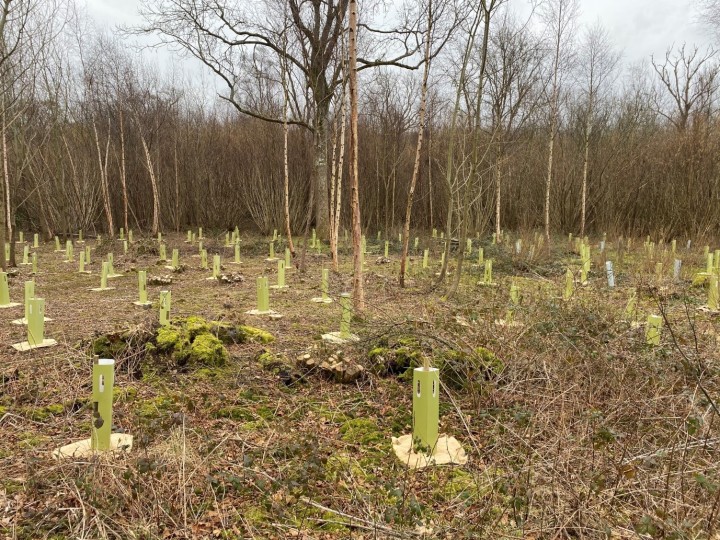Under the stewardship of award-winning farmers James and Emma Loder-Symonds, Nonington Farms exemplifies how farming can embrace nature-friendly practices while maintaining profitability and producing high-quality crops. Their multi-generational farm serves as a vibrant showcase, welcoming everyone from school groups to farm clusters.
In 2013, James and Emma Loder-Symonds made the decision to transition their conventional, multi-generational family farm in Kent to a fully nature-friendly operation. While the farm had traditionally focused on maximising food production to navigate the challenges of volatile global markets, James and Emma were determined to pursue a more sustainable path. Their vision prioritised nature, enhanced the environment, and strengthened the local economy.
The result was Nonington Farms, nestled in the rural countryside between Canterbury and Dover. Initially spanning 160 hectares, James and Emma expanded their operation by establishing a contract farming business, adding an additional 1,000 hectares. This predominantly arable enterprise involved working on a diverse range of soils, from brick-earth to chalk.
About three years into their journey, James and Emma made the decision to enroll Nonington Farms in the Higher Tier of the Countryside Stewardship (CS) scheme. By around 2017, they began implementing fundamental changes to their farming system. Previously, the business had been driven by the pursuit of high yields, but the significant inputs required often led to sharp fluctuations in costs, exacerbated by volatile market prices.
“When we were fully reliant on high-input farming, we had no guaranteed income and were completely at the mercy of the global market,” James explains. “Some areas of the farm were a constant struggle, requiring significant inputs just to break even.”
The first major change was eliminating artificial phosphorus and potash, which immediately saved around £70 per hectare. Next, the farm's nitrogen inputs came under scrutiny. At the time, their Group 1 milling wheat received about 300 kilograms of nitrogen per hectare, but with yields plateauing, a detailed analysis of nitrogen use and soil health revealed opportunities for a more precise and efficient approach. By adopting variable rate technology, nitrogen application was reduced from 25-30 kilos per tonne of wheat to a much leaner 14-17 kilos.
This shift not only curbed input costs but also stabilised profitability, as James notes: “With prices fluctuating wildly, this strategy has made our business far more consistent.”
